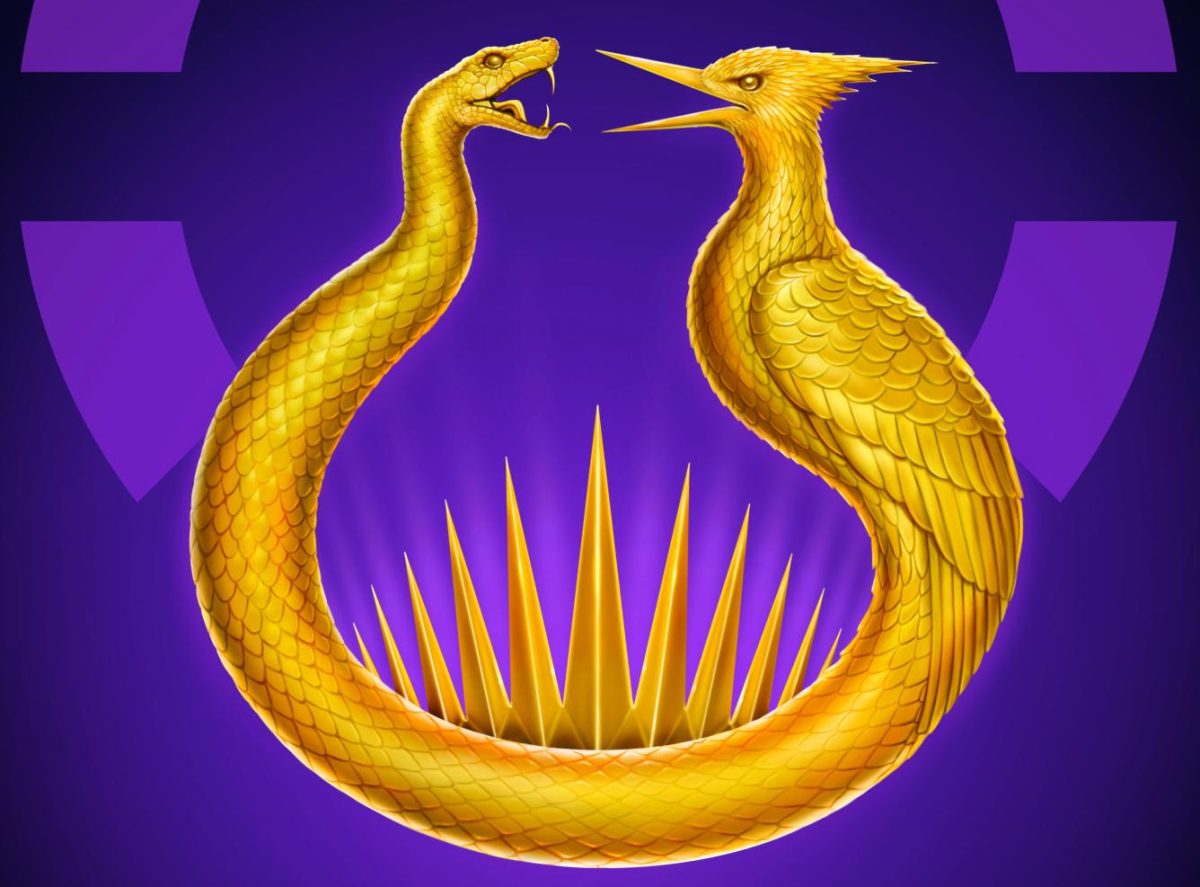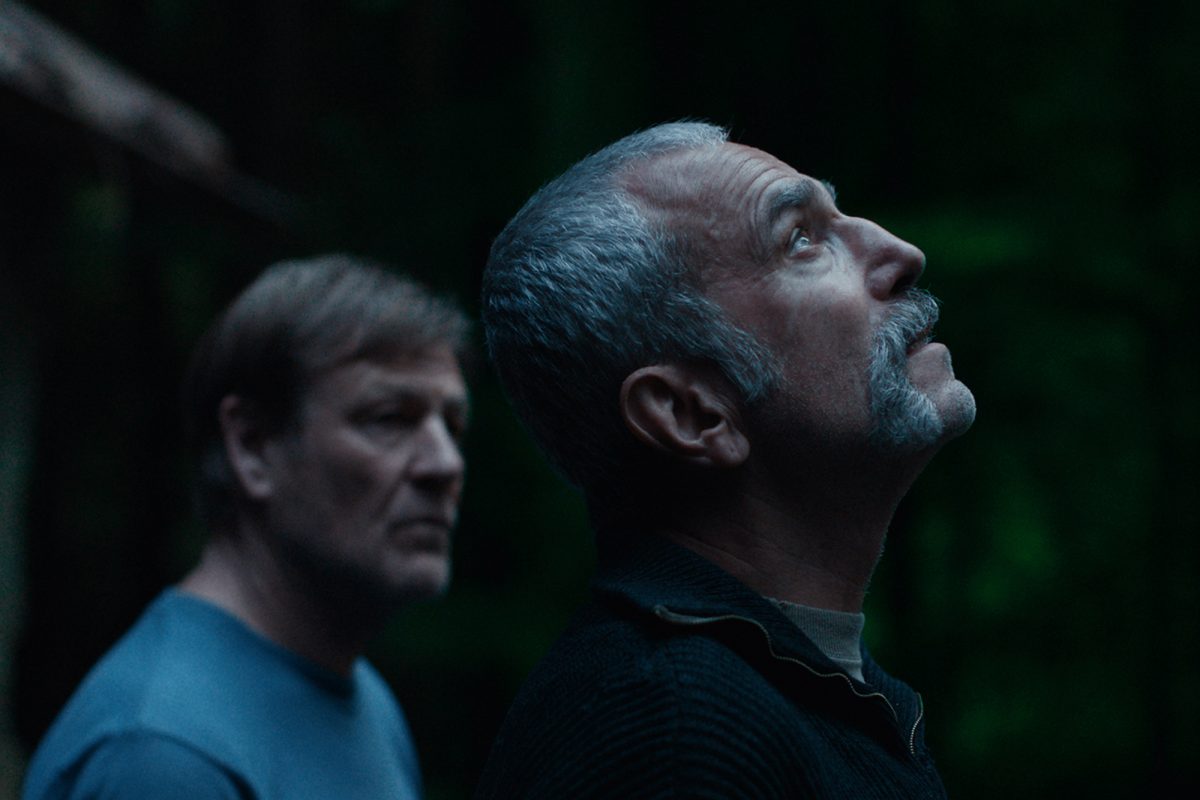5.0 out of 5.0 stars
With a March 18 release, author Suzanne Collins brought readers back to the brutal world of Panem in the highly anticipated prequel novel, “Sunrise on the Reaping.” The newest installment in the “Hunger Games” series seamlessly ties together “The Ballad of Songbirds and Snakes” and the original “Hunger Games” trilogy. Set just 24 years before Katniss Everdeen and Peeta Mellark’s victory, readers are immersed into the chaos of the Second Quarter Quell.
Upon the reaping of the 50th annual Hunger Games, a young Haymitch Abernathy — Katniss and Peeta’s mentor — finds himself thrown into the vicious Hunger Games, a punishment from the Capitol to keep its citizens in line. However, the 50th games are a special form of punishment as it is a quarter quell. Instead of the normal two child tributes, four are taken from each of the 12 districts. Haymitch finds himself in the midst of a bloodbath with 47 other children, including his childhood sweetheart Louella McCoy, the stuck up Maysilee Donner and the oddsmaker Wyatt Callow.
Haymitch is introduced as an intelligent and emotional lover boy, fiercely protective of those he cares about. “Sunrise on the Reaping” shows readers the trauma that shaped the man that we later meet in “The Hunger Games” novel. His younger brother Sid and the love of his life, Lenore Dove Baird, descendant of “The Ballad of Songbirds and Snakes” female lead Lucy Gray Baird, both act as his motivation for survival. Haymitch’s compassion for others never waivers. He becomes a quiet leader among his younger allies in the arena, offering guidance and protection even when the odds are against them.
While some may claim that this book was a fanservice, haphazardly throwing in familiar characters from “The Hunger Games: Catching Fire,” the story carefully weaves together the plots of the books that came before. The addition of characters like Plutarch Heavensbee, Wiress, Mags, Beetee and Effie Trinket offers previously unknown backstories that add meaning to the choices they make in the original trilogy. Throwaway moments from both the book and movie adaptations are recontextualized with deeper meaning, thanks to the intricacy of Collins’ writing.
Political critiques drive Collins’ work, often commenting on how modern media desensitizes its audience by turning human suffering into entertainment. The original trilogy centered around the theme of authoritarian control and oppression, while “The Ballad of Songbirds and Snakes” focused on government corruption and the manipulation of power. “Sunrise on the Reaping” pivoted its focus to propaganda and censorship. Prior to this novel, everything the characters and the readers knew about the 50th games was filtered through what the Capitol wanted the districts to see. This censorship influences characters like Katniss and Peeta and how they understand their nation’s history.
Despite the attempt to be erased by the Capitol and President Snow, Lucy Gray’s songs echo through Lenore Dove. During his games, Haymitch recalls “The Raven”, “The Old Therebefore” and “The Goose and the Commons” — the songs of Lenore Dove — to provide him comfort and strength. Each piece of music is the result of those who came before. Although the memory of Lucy Gray is distant for characters like Haymitch and Katniss, songs like “The Hanging Tree” connect them. These characters highlight the way that music can be used as both a symbol of hope and a weapon of truth.
While music is at the core of these stories, symbolism also adds an incredible sense of depth to the foundation of “The Hunger Games” world. The lyre-shaped necklace worn by Haymitch evokes the myth of Orpheus, suggesting a parallel between the two. Just as Orpheus led Eurydice from the Underworld, Haymitch also acts as a guide for the dead and doomed, first with his allies from his own games, then later Katniss and Peeta.
Symbolism extends further through bird imagery as well. Lucy Gray and Katniss are each represented by different birds throughout the series, the songbird and the mockingjay. Haymitch is no different in this regard. Throughout the story, Haymitch is aligned with a raven — a bird often associated with trickery and intelligence. Haymitch’s victory is not won through brute strength, but by using the Capitol’s environment against them. Like a raven, Haymitch also acts as a tragic omen of death for the ones he loves: the 47 other children from his games, his allies, Lenore Dove and his immediate family.
“Sunrise on the Reaping” frames Haymitch’s role in the original trilogy devastatingly. His cold demeanor, his alcoholism, his harshness with Katniss and Peeta are not from lack of compassion, but symptoms of unresolved trauma. His mentorship of the two is truly rooted in a desire to protect others from the fate he couldn’t escape.
“Sunrise on the Reaping” is everything a prequel should be. Every page in the novel serves a purpose, making the series as a whole feel more cohesive, a testament to Collins’ skill as a storyteller. The novel is brutally tragic, stripping away the illusion of the games and reminding us that the real enemy of the story was never the other tributes, but the world that forces them to kill. Although Haymitch’s spark of rebellion didn’t quite catch, his pain and defiance laid the groundwork for those who came after him.
















Carlos Hanze • Apr 16, 2025 at 10:06 pm
I enjoyed reading about the new book. Thank you for your insightful review!